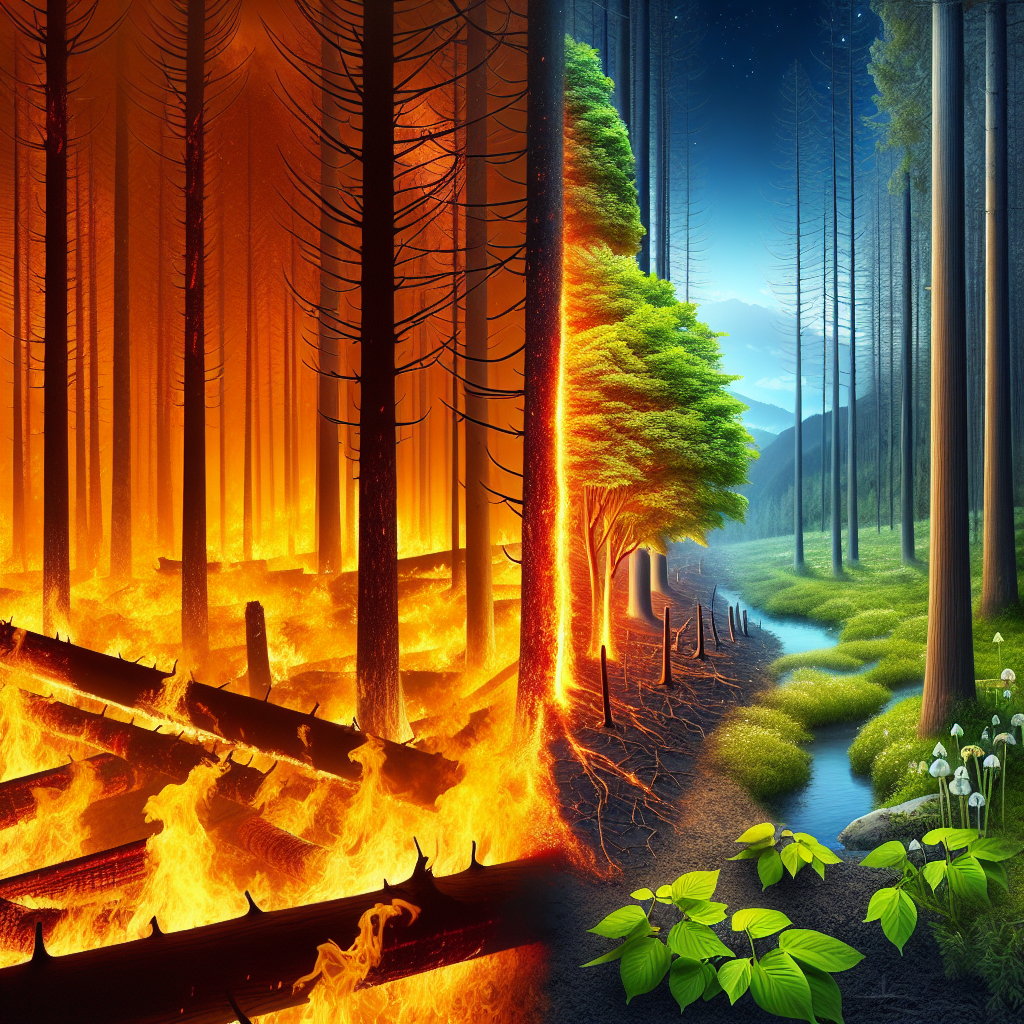
The Unseen Impact of Forest Fires
Imagine waking up to a sky painted in hues of orange and red, the air thick with smoke, and the distant sound of crackling flames. This is the harsh reality for many communities around the world as forest fires become increasingly frequent and severe. But beyond the immediate devastation, what are the long-term impacts of these fires on our environment and society?
Forest fires, often perceived as natural disasters, are complex phenomena influenced by a myriad of factors. From climate change to human activities, the causes are multifaceted, and their effects far-reaching. Understanding these dynamics is crucial for developing effective strategies to mitigate their impact and protect our forests and communities.
Causes and Consequences
Climate Change: One of the primary drivers of the increasing frequency and intensity of forest fires is climate change. Rising temperatures, prolonged droughts, and unpredictable weather patterns create ideal conditions for fires to ignite and spread. According to the National Interagency Fire Center, the average wildfire season in the U.S. has extended by nearly three months compared to the 1970s.
Human Activities: While natural factors play a significant role, human activities cannot be overlooked. From unattended campfires to discarded cigarettes, human negligence is responsible for a substantial number of forest fires. Additionally, land-use changes, such as deforestation and urban sprawl, exacerbate the risk and impact of fires.
Environmental and Social Impact
Ecological Balance: Forest fires can have both destructive and regenerative effects on ecosystems. While they can devastate habitats and wildlife, they also play a crucial role in maintaining ecological balance by clearing dead vegetation and promoting new growth. However, the increasing intensity of fires poses a threat to this balance, leading to long-term ecological damage.
Community Displacement: The social impact of forest fires is profound. Communities are often displaced, losing homes, livelihoods, and, tragically, lives. The emotional and psychological toll on affected individuals can be immense, necessitating comprehensive support systems for recovery and rehabilitation.
Mitigation and Adaptation Strategies
Prevention and Preparedness: Effective forest fire management requires a combination of prevention and preparedness strategies. This includes public education on fire safety, implementing fire-resistant building codes, and maintaining firebreaks and buffer zones around vulnerable areas. For more information on fire prevention tips, visit NFPA’s Firewise USA.
Technological Innovations: Advances in technology offer new tools for monitoring and combating forest fires. Satellite imagery, drones, and AI-driven predictive models enable early detection and rapid response, minimizing the spread and impact of fires. For instance, NASA’s Fire Information for Resource Management System (FIRMS) provides real-time data on active fires globally.
Closing Thoughts
Forest fires are a stark reminder of the delicate balance between nature and human activity. As we continue to grapple with their increasing frequency and severity, it is imperative to adopt a holistic approach that combines prevention, preparedness, and technological innovation. By understanding the causes and consequences of forest fires, we can develop more effective strategies to protect our forests and communities.
For further reading on forest fire management and prevention, explore resources from the U.S. Forest Service and the United Nations Sustainable Development Goals.
Leave a Reply